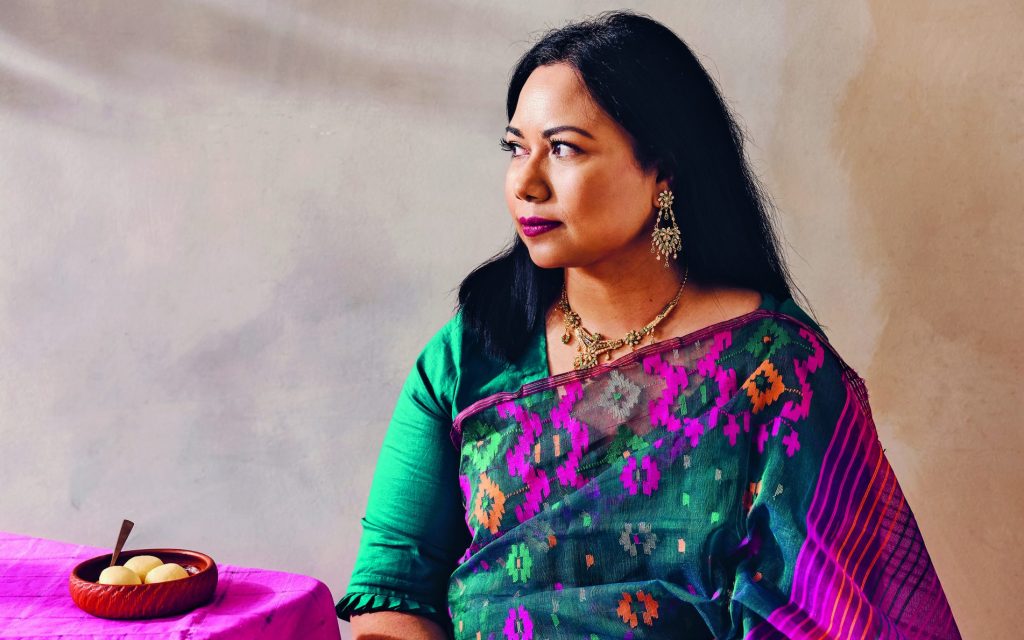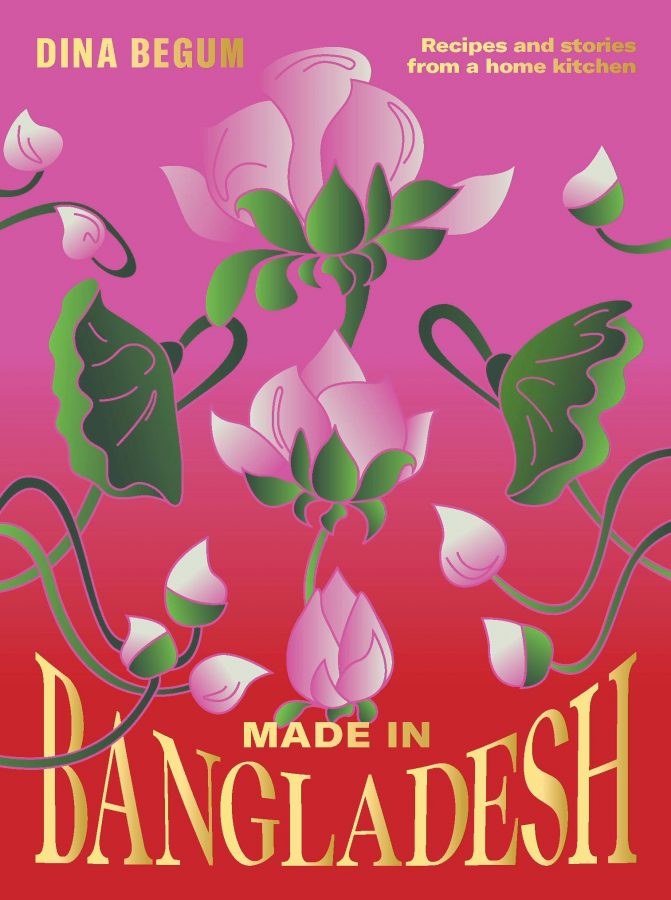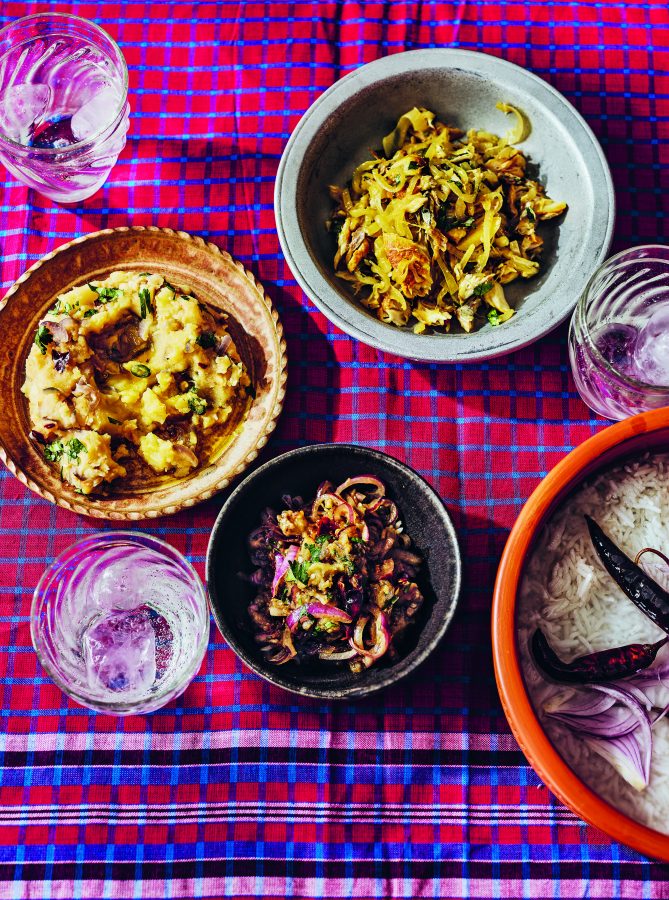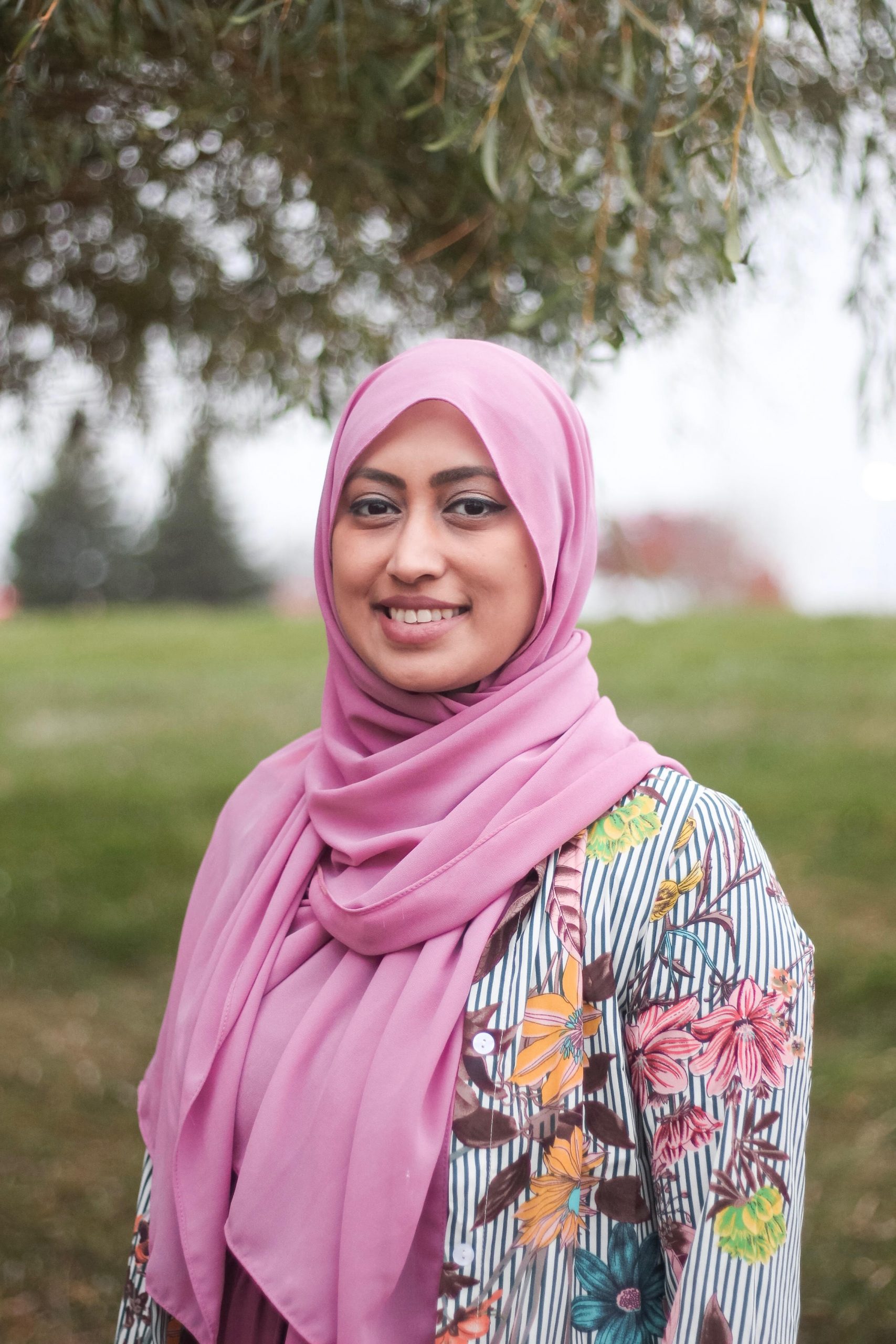‘Made in Bangladesh’ cookbook highlights stories from Bangladesh, home kitchens
Nargis Rahman January 13, 2025Author Dina Begum says the book was a labor of love, from figuring out measurements for ingredients to researching stories behind the recipes.

Author Dina Begum says her new cookbook is a love letter to herself and others, celebrating Bangladeshi food and culture.
Metro Detroit has a growing Bangladeshi population. That’s why there’s more interest in the region’s culture and food.
Dina Begum is a U.K.-based food writer and the author of the Bangladeshi cookbook, “Made in Bangladesh: Recipes and Stories From a Home Kitchen,” which features 76 recipes from the country’s eight divisions.
“It was so important to preserve these recipes that have been passed down through generations, from my grandmothers, from my mum, my aunties,” she said. “Similarly, with a lot of the Bangladeshi diaspora — who have kind of grown up abroad — it’s important to preserve those recipes and share them with people who don’t know much about Bangladeshi cuisine.
Begum says she’s been compiling these recipes in her head since she was a child. Begum moved from Sylhet, Bangladesh to the U.K. when she was four years old with her family.

She says the book shares memories of her childhood watching her family members whip up Bangladeshi foods in U.K. kitchens, and a summer in Bangladesh watching how people make meals from farm to table.
“Everything that we had was fresh, kind of just harvested and cooked, the style of cooking was different. So even though we had traditional food in the U.K., the flavors and the way it was cooked and just the stories around them, families gathering, I just love the whole culture of it,” she said.
The book features the six original seasons of Bangladesh, the festivals, culture, and how intrinsic food is to those activities.
She also features dishes from the eight divisions of Bangladesh: Barishal, Chittagong, Dhaka, Khulna, Rajshahi, Rangpur, Mymensingh and Sylhet.
“It was important to showcase special specialties from different regions to people who are new to Bangladeshi cuisine,” she said. “We’ve got a range of dishes from the north, south, east, west.”
Begum recently traveled to Bangladesh to do research for her new book, to test her recipes and learn more about the various regional dishes.
She says this book is for people who are familiar with Bangladeshi food, but also for those who are curious about the cuisine.
“I didn’t grow up seeing a lot of Bangladeshi culture represented, and then I thought this would be an opportunity to present that to people that, not only people that I know, but people internationally, people who are not Bangladeshi, who want to find out more about Bangladeshi cuisine,” she says.
Begum says there’s an expanding interest in Bangladeshi cuisine, with an increase of Bangladeshis migrating to the U.K. who are in search of homemade foods, along with the rise of social media bloggers in the U.K.
She says many Bangladeshis owned Indian restaurants in the U.K. in the 1960s and 1970s, when the country was still a part of India, contributing dishes like the U.K.’s national dish, chicken tikka masala.
“At one point, we had over 50 restaurants along Brick Lane Bangladeshi owned restaurants and run by Bangladeshis. But sadly, they didn’t often sell Bangladeshi food, which was partly due to the fact that when they started opening, it wasn’t Bangladesh,” she said.
Bangladesh gained independence from India in 1971.
“Often it’s Bangladeshis that started these businesses, but the cuisine or heritage is nowhere to be seen. So it was important to me to highlight that,” she said.

Begum says that cuisine is what Bangladeshis eat at home, and is oftentimes not found in restaurants.
But she says that’s slowly changing, adding that as a food writer, she’s noticed a shift in the past 15 years or so.
“Now I can see more kind of Bangladeshi restaurants popping up. There’s a smaller kind of eateries owned and run by Bangladeshi that sell kind of home-cooked style foods,” she said.
She says people are also hosting super clubs, and pop-ups, and writing about the food, and posting it online.
“Mothers at home, sometimes they don’t speak English, but it’s an amazing way for them to kind of share the food that they, you know, create every day. And through that, people kind of engage with the content,” Begum said.
She says tourism to Bangladesh has also spiked a curiosity in people.
“Vloggers going to Bangladesh as a tourism has also kind of influenced that as well as people’s interest in Bangladesh cuisine,” she said.
Begum says the book was a labor of love, from figuring out measurements for ingredients to researching stories behind the recipes.
“I’ve tried to keep them as traditional as possible how my mother or grandmother used to cook. So obviously, it’s easier for the home cook to cook. And also, I guess the challenge was to try and write everything down, measure them, time them, which is not the way I grew up cooking,” she says. “Everything was kind of through andaaz or estimation, And it’s a way you feel your way around the kitchen. You kind of know when something’s cooked, when it’s how something smells or something looks, there’s no timers, there’s no, you know, weights, measurements, nothing in the Bangladeshi kitchen,” she said.
Begum says the book is a love letter to herself and others.
“I wanted [people] to open the book and just feel happy looking at it, you know, wherever they came from,” she said. “And also trying to include some Bangla in there as well, in terms of the season’s name and the map. So just to put that in there so people can see, you know, how beautiful Bangla looks.”
Begum is also the author of, “The Brick Lane Cookbook.” The book can be purchased here.
Trusted, accurate, up-to-date.
WDET strives to make our journalism accessible to everyone. As a public media institution, we maintain our journalistic integrity through independent support from readers like you. If you value WDET as your source of news, music and conversation, please make a gift today.
Author
-
 Nargis Hakim Rahman is the Civic Reporter at 101.9 WDET. Rahman graduated from Wayne State University, where she was a part of the Journalism Institute of Media Diversity.
Nargis Hakim Rahman is the Civic Reporter at 101.9 WDET. Rahman graduated from Wayne State University, where she was a part of the Journalism Institute of Media Diversity.
